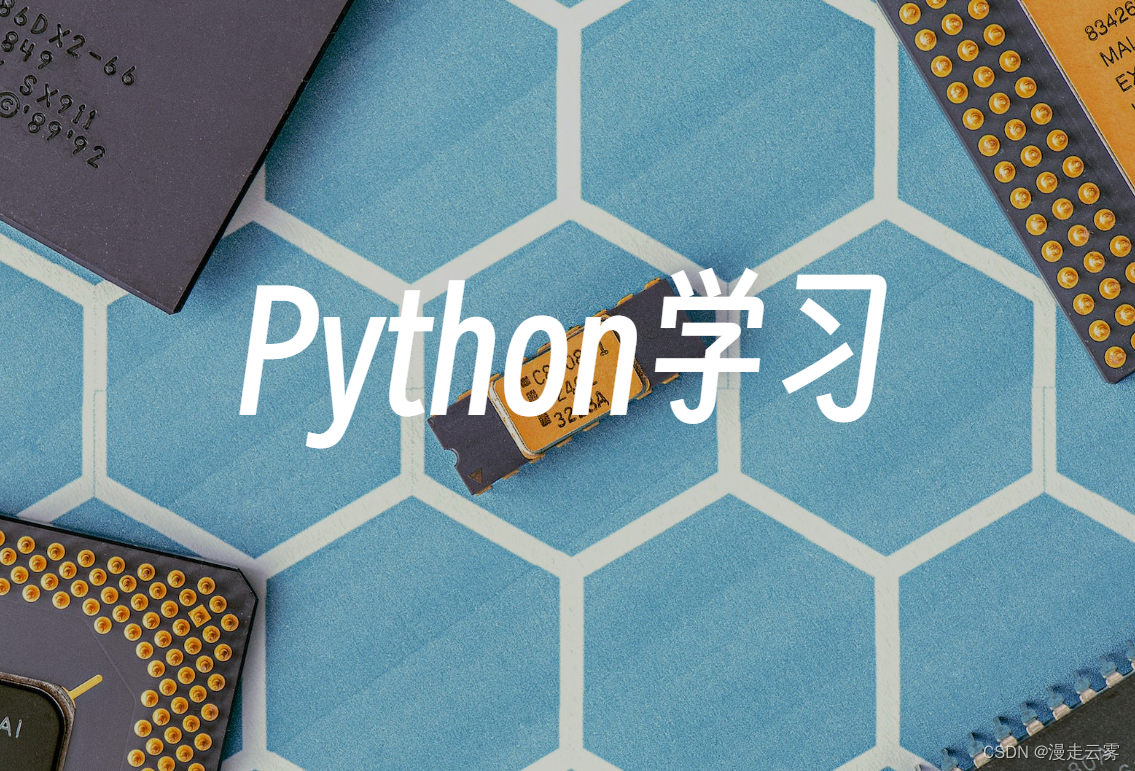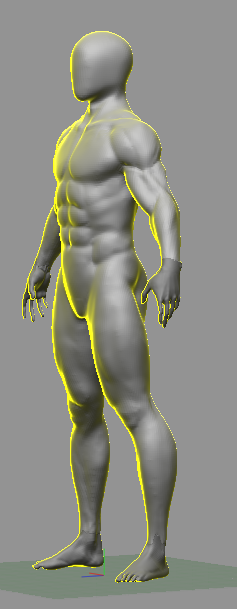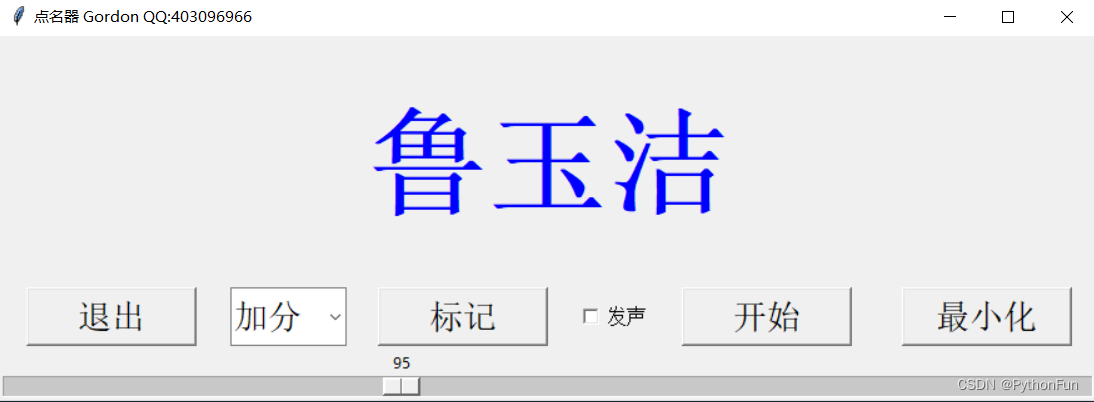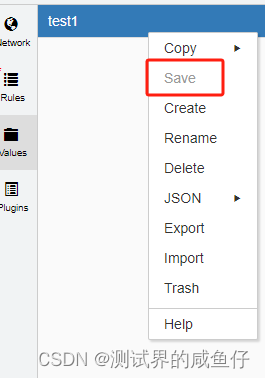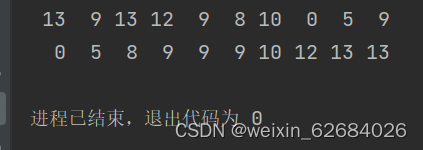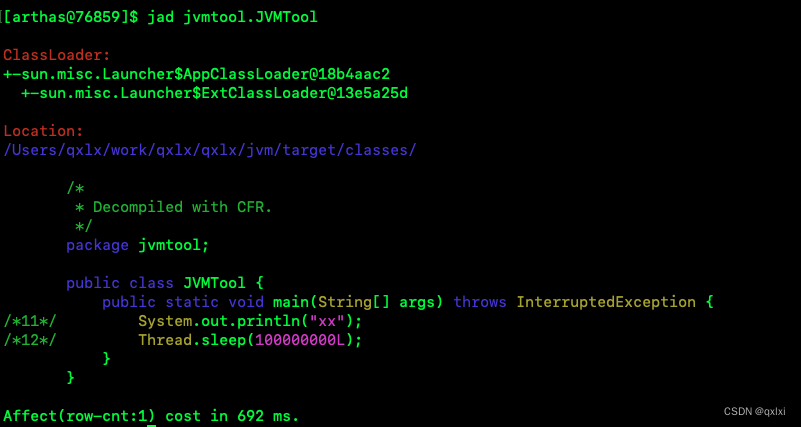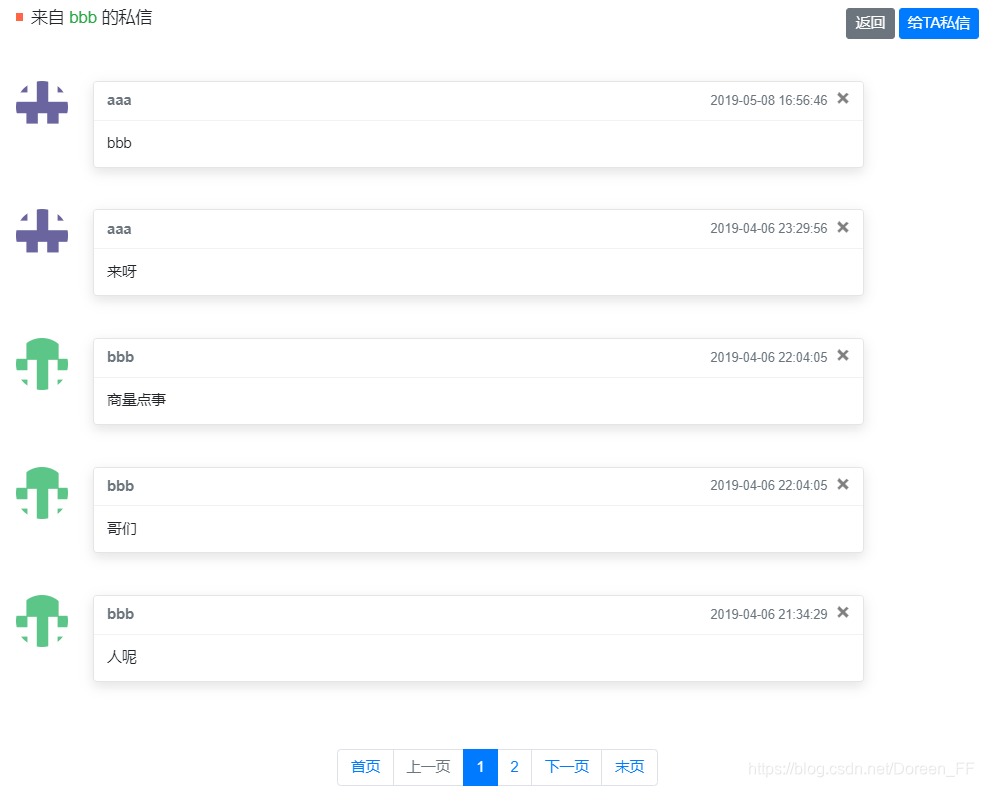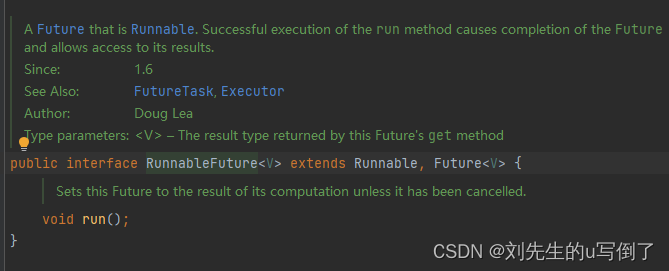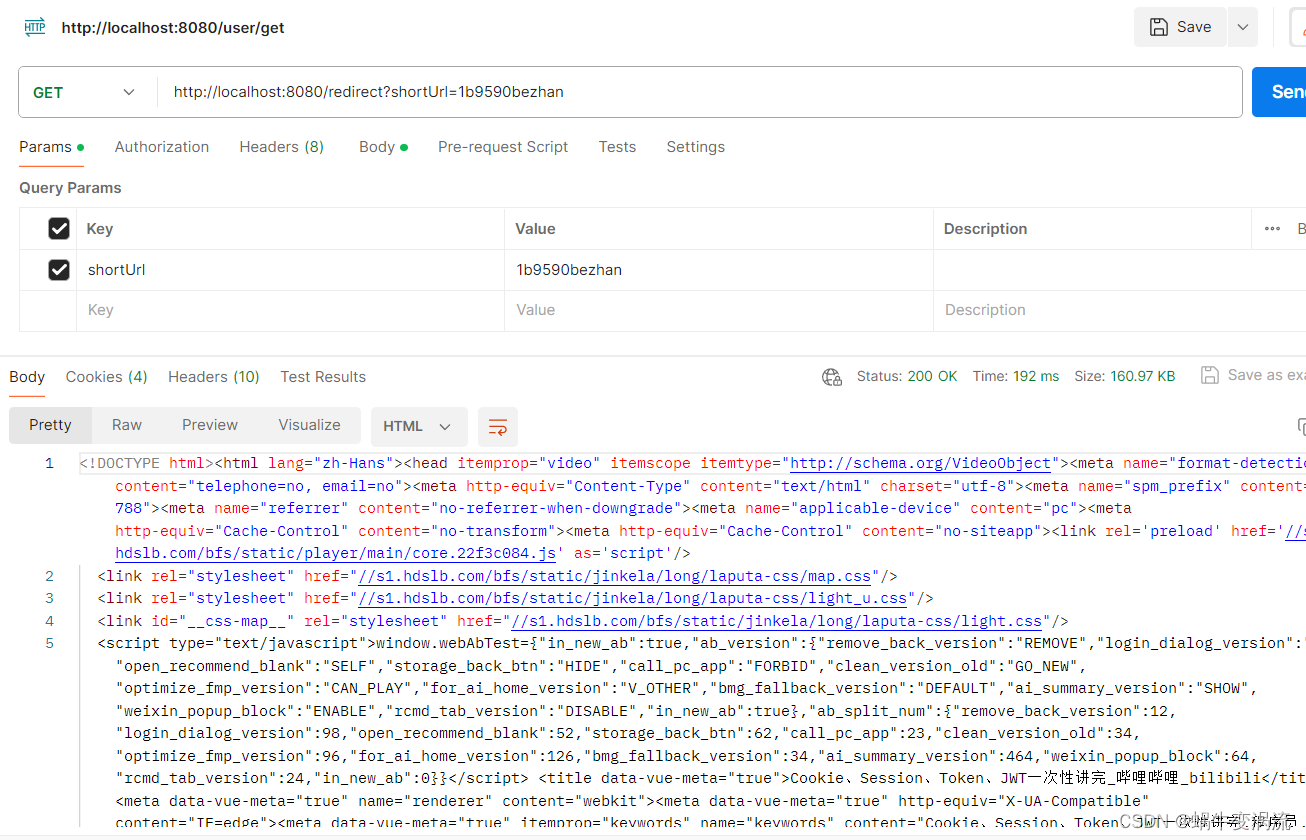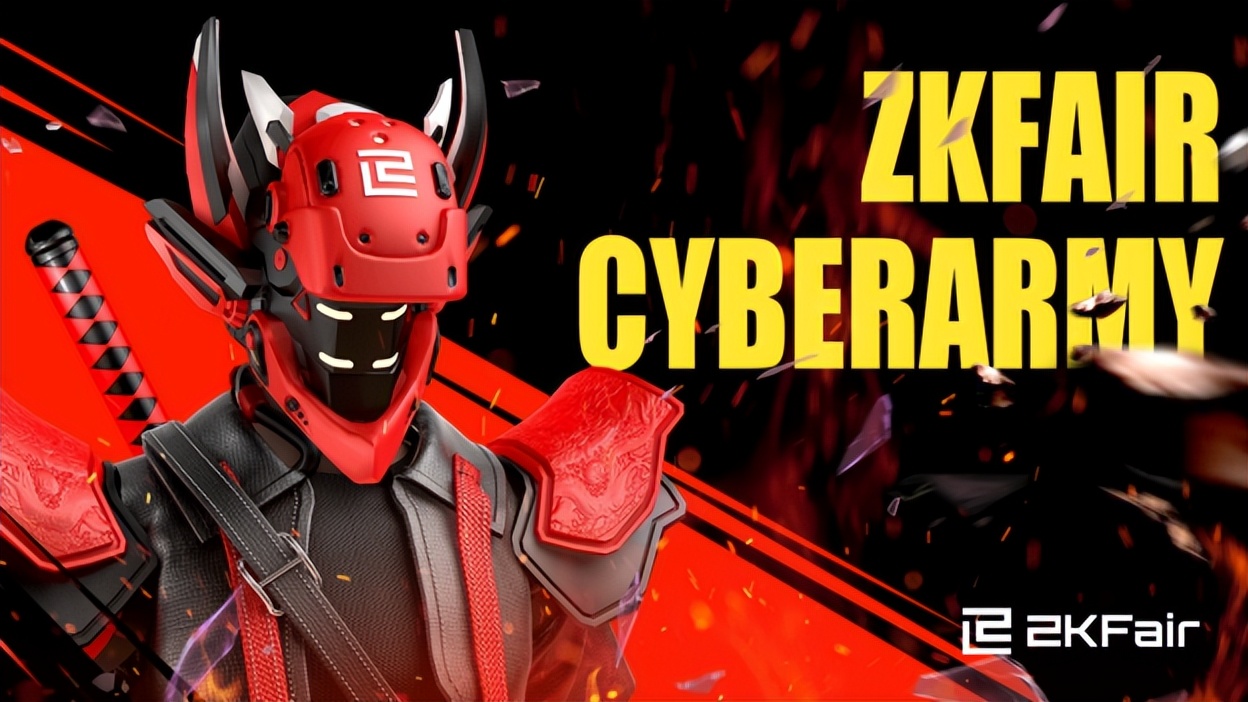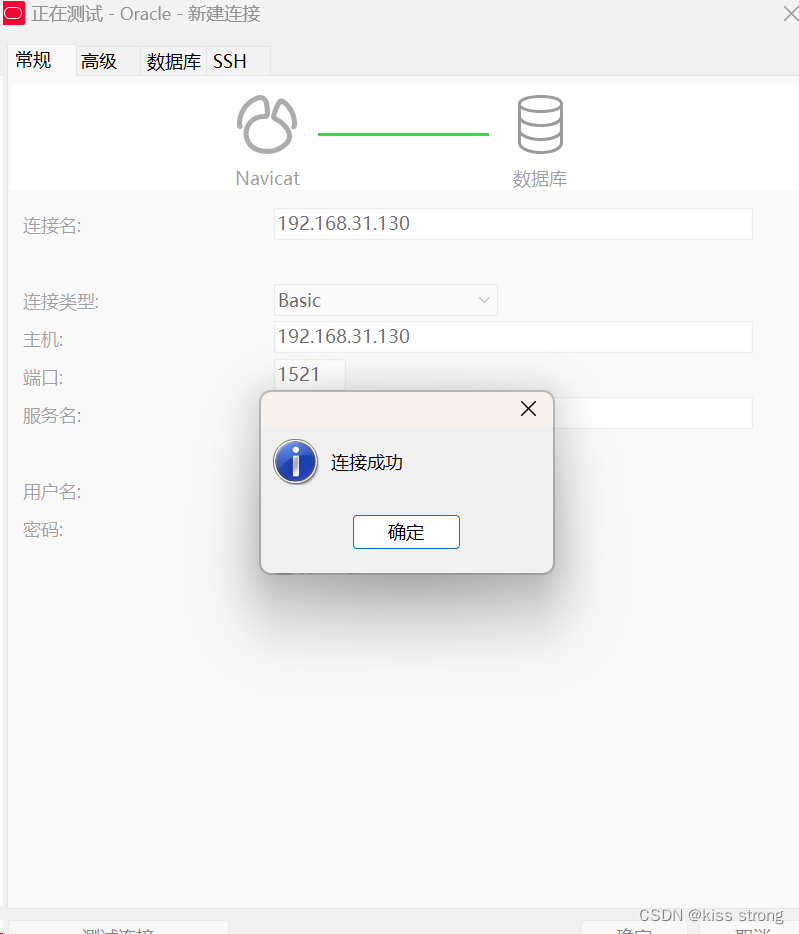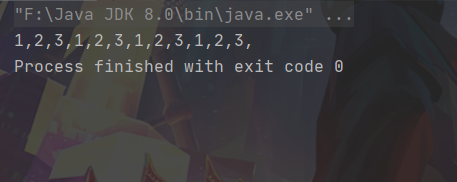一、引言
近期,我发现电视家、火星直播等在线看电视直播的软件都已倒闭,而我奶奶也再无法通过这些平台看电视了。她已六十多岁,快七十岁啦。这些平台的倒下对我来说其实没有多大的影响,但是对于文化不多的她而言,生活中却是少了一大乐趣。因为自己学过编程,所以我想帮她解决这个问题。她只听得懂白话,又最爱看“广东珠江台”,因此,我通过Android的编程技术,为她专门定制一款可以自动看广东珠江台的App,打开即用,免了点来点去的麻烦。虽说需求很小、只够她一人使用,但实现起来却并不简单呀。通过两天时间的深入钻研,最终我还是把这个小需求给实现了。为此编写一篇博客,如果日后自己还需要解决这样的问题时,我就直接ctrl+c加ctrl+v。当然,也希望这篇博客能够为你提供一些指导和帮助。
二、访问网页视频+自动播放的实现思路
由于许多的m3u8链接都已经失效,现在看电视直播只能通过一些官方网页来实现,比如央视网等等。那么,访问网页的话是可以通过Android的WebView来实现,实现的方法非常简单,就是在Activity界面之中添加一个WebView空间,然后通过下面的代码来访问网页:
main_wv = findViewById(R.id.main_wv);
main_wv.setWebViewClient(new WebViewClient());
main_wv.setWebChromeClient(new WebChromeClient());
main_wv.loadUrl("https://***.***");但是这样的话,最多也只能够竖屏中观看视频,显示十分地有限,而且还不会自动播放,如图:
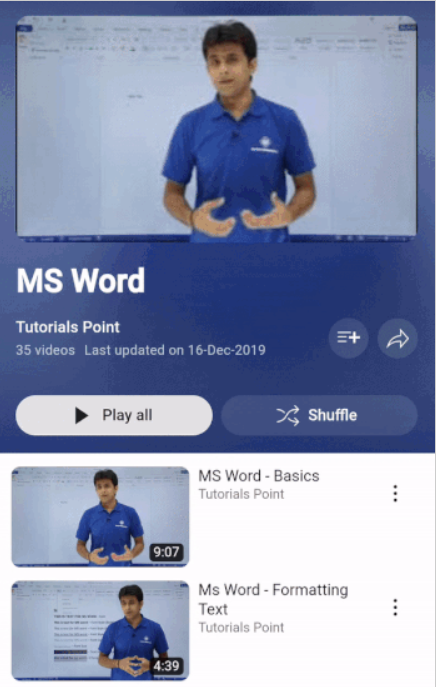
所以,这里先介绍实现网页访问+自动播放的思路。WebView可以通过自定义的设置来控制它是否支持JavaScript脚本注入,即通过js来实现网页视频的自动播放。第一步是对WebView进行设置,而第二步是执行js自动播放视频的脚本,代码如下:
设置WebView支持js脚本
WebSettings settings = main_wv.getSettings(); // main_wv为WebView控件
settings.setJavaScriptEnabled(true);执行js自动播放视频的脚本
String js = "javascript:";
js += "var videos = document.getElementsByTagName('video');";
js += "var video_last;";
js += "var video = videos[videos.length-1];";
js += "if (video != undefined && video != video_last) {";
{
js += "video_last = video;";
js += "function video_start() {";
{
js += "_VideoEnabledWebView.notifyVideoStart();";
}
js += "}";
js += "video.addEventListener('play', video_start);";
}
js += "}";
main_wv.loadUrl(js); // main_wv为WebView控件忘了介绍,该js脚本在什么时候执行了。这里补充一下,为了使得页面自动播放视频,需要重写一个WebViewClient类,类名可以随你定义,比如“MyWebViewClient”,然后重写public void onPageFinished(WebView view, String url)方法,如下:
@Override
public void onPageFinished(WebView view, String url) {
super.onPageFinished(view, url);
String js = "javascript:";
js += "var videos = document.getElementsByTagName('video');";
js += "var video_last;";
js += "var video = videos[videos.length-1];";
js += "if (video != undefined && video != video_last) {";
{
js += "video_last = video;";
js += "function video_start() {";
{
js += "_VideoEnabledWebView.notifyVideoStart();";
}
js += "}";
js += "video.addEventListener('play', video_start);";
}
js += "}";
main_wv.loadUrl(js); // main_wv为WebView控件
}至此,还请记得改
main_wv.setWebViewClient(new WebViewClient()); // main_wv为WebView控件为
main_wv.setWebViewClient(new MyWebViewClient()); // main_wv为WebView控件这样,在访问网页时,视频就可以自动播放啦。
三、网页自动全屏思路
网页全屏的实现思路比较复杂,因为Android开发者的初衷是使网页设计者无法通过js的方式直接全屏地播放视频。也就是说,通过js注入的方式无法直接在WebView中实现网页的全屏播放。为什么呢?根据其他人的说法,这是因为Android开发者担心你的手机不小心访问到一个流氓网页,然后该网页直接全屏,使你的手机失控,被它播放的视频霸占许久、不能退出。我想了想,觉得这个理由倒是有些许合理的。因此执行js脚本注入无法直接在WebView中实现网页视频的全屏播放。
但是网页全屏的实现是完全没有问题的。大体的思路是:重写WebChromeClient和WebView这两个类,通过重写其中的内部方法,在加载完网页后,再调用js脚本注入,进而触发视频的全屏播放。而触发视频的全屏播放的js脚本为:
"javascript:(" +
"function() { " +
" var videos = document.getElementsByTagName('video'); " +
" var video = videos[0]; " +
" if (!document.webkitFullScreen && video.webkitEnterFullscreen) {" +
" video.webkitEnterFullscreen(); " +
" } " +
" })()"由于实现的细节很多,再加上我只是简单地研究了一下,所以没法更详细地展开说说了。请大家看后边“全部代码”的章节部分,了解更多细节。
四、手机默认横屏思路
手机默认横屏的思路实现起来非常简单,简单得不得了,只需要在Manifest.xml这个清单文件中对指定的Activity声明相关的属性即可。例如,用于播放的Activity为MainActivity,那么就这样设置:
<activity android:name=".MainActivity"
android:theme="@android:style/Theme.NoTitleBar.Fullscreen"
android:screenOrientation="landscape"
android:configChanges="orientation|screenSize|keyboardHidden"
android:hardwareAccelerated="true">
</activity>其中,最关键的两行代码为
android:theme="@android:style/Theme.NoTitleBar.Fullscreen"
android:screenOrientation="landscape"上面一行说的是让app在手机上运行时不显示标题栏(这个可以看你个人需求,有的人喜欢留着,有的人喜欢去掉),而下面一行则是实现横屏的开关,landscape指的是风景,意为通过手机横屏的方式欣赏图片中的风景,以尽可能地使你更加清楚地目睹一张横向的风景图。
五、全部代码
项目的代码目录,其中画横线部分是重点,我从创建项目到生成可运行且有效果的App只改动过这些文件。下面我将每个框中的文件中的代码罗列出来。
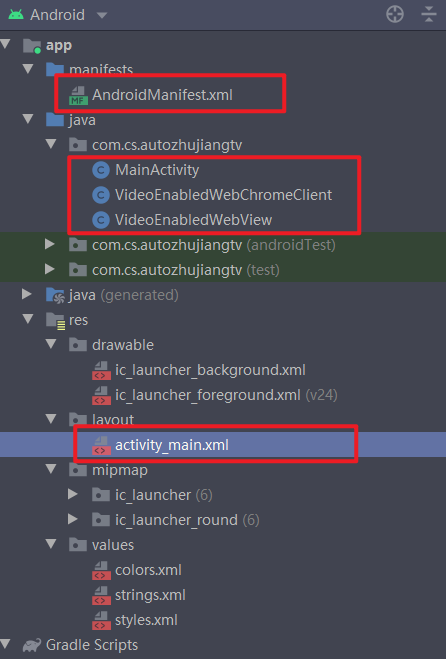
AndroidManifest.xml
<?xml version="1.0" encoding="utf-8"?>
<manifest xmlns:android="http://schemas.android.com/apk/res/android"
package="***.***.******">
<uses-permission android:name="android.permission.INTERNET" />
<uses-permission android:name="android.permission.ACCESS_NETWORK_STATE"/>
<application
android:allowBackup="true"
android:icon="@mipmap/ic_launcher"
android:label="@string/app_name"
android:roundIcon="@mipmap/ic_launcher_round"
android:supportsRtl="true"
android:theme="@style/AppTheme">
<activity android:name=".MainActivity"
android:hardwareAccelerated="true"
android:theme="@android:style/Theme.NoTitleBar.Fullscreen"
android:screenOrientation="landscape">
<intent-filter>
<action android:name="android.intent.action.MAIN" />
<category android:name="android.intent.category.LAUNCHER" />
</intent-filter>
</activity>
</application>
</manifest>MainActivity.java
package ***.***.***;
import android.annotation.SuppressLint;
import android.app.Activity;
import android.content.Context;
import android.content.Intent;
import android.net.ConnectivityManager;
import android.net.NetworkInfo;
import android.os.Bundle;
import android.view.ViewGroup;
import android.webkit.WebSettings;
import android.webkit.WebView;
import android.webkit.WebViewClient;
import android.widget.LinearLayout;
import android.widget.RelativeLayout;
public class MainActivity extends Activity {
VideoEnabledWebView mainWebView;
RelativeLayout mainNonVideoRelativeLayout;
ViewGroup mainVideoLayout;
@Override
protected void onCreate(Bundle savedInstanceState) {
super.onCreate(savedInstanceState);
initView(); // initialize ui components
setWebView(); // set webview's settings
loadVideoUrl(); // load video url
}
private void initView() {
setContentView(R.layout.activity_main);
mainNonVideoRelativeLayout = (RelativeLayout) findViewById(R.id.main_rl_non_video);
mainVideoLayout = (ViewGroup)findViewById(R.id.main_rl_video);
}
@SuppressLint("SetJavaScriptEnabled")
private void setWebView() {
// create a webview instance
mainWebView = new VideoEnabledWebView(this);
mainWebView.setLayoutParams(new LinearLayout.LayoutParams(ViewGroup.LayoutParams.MATCH_PARENT, ViewGroup.LayoutParams.MATCH_PARENT));
// add the webview instance to the main layout
mainNonVideoRelativeLayout.addView(mainWebView);
// set general settings of webview
WebSettings settings = mainWebView.getSettings();
settings.setAllowFileAccess(true);
settings.setBuiltInZoomControls(false);
settings.setJavaScriptEnabled(true);
settings.setBuiltInZoomControls(false);
// create a WebChromeClient instance and use it to set the webview
VideoEnabledWebChromeClient videoEnabledWebChromeClient = new VideoEnabledWebChromeClient(mainNonVideoRelativeLayout, mainVideoLayout,null, mainWebView);
mainWebView.setWebChromeClient(videoEnabledWebChromeClient);
// create a WebViewClient for webview
mainWebView.setWebViewClient(new WebViewClient(){
@Override
public void onPageFinished(WebView view, String url) {
super.onPageFinished(view, url);
// execute a javascript to automatically play the video
String js = "javascript:";
js += "var videos = document.getElementsByTagName('video');";
js += "var video_last;";
js += "var video = videos[videos.length-1];";
js += "if (video != undefined && video != video_last) {";
{
js += "video_last = video;";
js += "function video_start() {";
{
js += "_VideoEnabledWebView.notifyVideoStart();";
}
js += "}";
js += "video.addEventListener('play', video_start);";
}
js += "}";
mainWebView.loadUrl(js);
}
});
}
private void loadVideoUrl() {
mainWebView.loadUrl("https://******"); // your url that contains the video
}
}activity_main.xml
<?xml version="1.0" encoding="utf-8"?>
<androidx.constraintlayout.widget.ConstraintLayout xmlns:android="http://schemas.android.com/apk/res/android"
xmlns:tools="http://schemas.android.com/tools"
android:layout_width="match_parent"
android:layout_height="match_parent"
tools:context=".MainActivity">
<RelativeLayout
android:id="@+id/main_rl_non_video"
android:layout_width="match_parent"
android:layout_height="match_parent" >
</RelativeLayout>
<RelativeLayout
android:id="@+id/main_rl_video"
android:layout_width="match_parent"
android:layout_height="match_parent" >
</RelativeLayout>
</androidx.constraintlayout.widget.ConstraintLayout>VideoEnabledWebChromeClient.java
package ***.***.***;
import android.media.MediaPlayer;
import android.view.SurfaceView;
import android.view.View;
import android.view.ViewGroup;
import android.webkit.WebChromeClient;
import android.widget.FrameLayout;
public class VideoEnabledWebChromeClient extends WebChromeClient implements MediaPlayer.OnPreparedListener, MediaPlayer.OnCompletionListener, MediaPlayer.OnErrorListener {
public interface ToggledFullscreenCallback {
void toggledFullscreen(boolean fullscreen);
}
private View activityNonVideoView;
private ViewGroup activityVideoView;
private View loadingView;
private VideoEnabledWebView webView;
// Indicates if the video is being displayed using a custom view (typically full-screen)
private boolean isVideoFullscreen;
private FrameLayout videoViewContainer;
private CustomViewCallback videoViewCallback;
private ToggledFullscreenCallback toggledFullscreenCallback;
/**
* Never use this constructor alone.
* This constructor allows this class to be defined as an inline inner class in which the user can override methods
*/
@SuppressWarnings("unused")
public VideoEnabledWebChromeClient() {
}
/**
* Builds a video enabled WebChromeClient.
* @param activityNonVideoView A View in the activity's layout that contains every other view that should be hidden when the video goes full-screen.
* @param activityVideoView A ViewGroup in the activity's layout that will display the video. Typically you would like this to fill the whole layout.
*/
@SuppressWarnings("unused")
public VideoEnabledWebChromeClient(View activityNonVideoView, ViewGroup activityVideoView) {
this.activityNonVideoView = activityNonVideoView;
this.activityVideoView = activityVideoView;
this.loadingView = null;
this.webView = null;
this.isVideoFullscreen = false;
}
/**
* Builds a video enabled WebChromeClient.
* @param activityNonVideoView A View in the activity's layout that contains every other view that should be hidden when the video goes full-screen.
* @param activityVideoView A ViewGroup in the activity's layout that will display the video. Typically you would like this to fill the whole layout.
* @param loadingView A View to be shown while the video is loading (typically only used in API level <11). Must be already inflated and not attached to a parent view.
*/
@SuppressWarnings("unused")
public VideoEnabledWebChromeClient(View activityNonVideoView, ViewGroup activityVideoView, View loadingView) {
this.activityNonVideoView = activityNonVideoView;
this.activityVideoView = activityVideoView;
this.loadingView = loadingView;
this.webView = null;
this.isVideoFullscreen = false;
}
/**
* Builds a video enabled WebChromeClient.
* @param activityNonVideoView A View in the activity's layout that contains every other view that should be hidden when the video goes full-screen.
* @param activityVideoView A ViewGroup in the activity's layout that will display the video. Typically you would like this to fill the whole layout.
* @param loadingView A View to be shown while the video is loading (typically only used in API level <11). Must be already inflated and not attached to a parent view.
* @param webView The owner VideoEnabledWebView. Passing it will enable the VideoEnabledWebChromeClient to detect the HTML5 video ended event and exit full-screen.
* Note: The web page must only contain one video tag in order for the HTML5 video ended event to work. This could be improved if needed (see Javascript code).
*/
@SuppressWarnings("unused")
public VideoEnabledWebChromeClient(View activityNonVideoView, ViewGroup activityVideoView, View loadingView, VideoEnabledWebView webView) {
this.activityNonVideoView = activityNonVideoView;
this.activityVideoView = activityVideoView;
this.loadingView = loadingView;
this.webView = webView;
this.isVideoFullscreen = false;
}
/**
* Indicates if the video is being displayed using a custom view (typically full-screen)
* @return true it the video is being displayed using a custom view (typically full-screen)
*/
public boolean isVideoFullscreen() {
return isVideoFullscreen;
}
/**
* Set a callback that will be fired when the video starts or finishes displaying using a custom view (typically full-screen)
* @param callback A VideoEnabledWebChromeClient.ToggledFullscreenCallback callback
*/
@SuppressWarnings("unused")
public void setOnToggledFullscreen(ToggledFullscreenCallback callback) {
this.toggledFullscreenCallback = callback;
}
@Override
public void onShowCustomView(View view, CustomViewCallback callback) {
if (view instanceof FrameLayout) {
// A video wants to be shown
FrameLayout frameLayout = (FrameLayout) view;
View focusedChild = frameLayout.getFocusedChild();
// Save video related variables
this.isVideoFullscreen = true;
this.videoViewContainer = frameLayout;
this.videoViewCallback = callback;
// Hide the non-video view, add the video view, and show it
activityNonVideoView.setVisibility(View.INVISIBLE);
activityVideoView.addView(videoViewContainer, new ViewGroup.LayoutParams(ViewGroup.LayoutParams.MATCH_PARENT, ViewGroup.LayoutParams.MATCH_PARENT));
activityVideoView.setVisibility(View.VISIBLE);
if (focusedChild instanceof android.widget.VideoView) {
// android.widget.VideoView (typically API level <11)
android.widget.VideoView videoView = (android.widget.VideoView) focusedChild;
// Handle all the required events
videoView.setOnPreparedListener(this);
videoView.setOnCompletionListener(this);
videoView.setOnErrorListener(this);
} else {
// Other classes, including:
// - android.webkit.HTML5VideoFullScreen$VideoSurfaceView, which inherits from android.view.SurfaceView (typically API level 11-18)
// - android.webkit.HTML5VideoFullScreen$VideoTextureView, which inherits from android.view.TextureView (typically API level 11-18)
// - com.android.org.chromium.content.browser.ContentVideoView$VideoSurfaceView, which inherits from android.view.SurfaceView (typically API level 19+)
// Handle HTML5 video ended event only if the class is a SurfaceView
// Test case: TextureView of Sony Xperia T API level 16 doesn't work fullscreen when loading the javascript below
if (webView != null && webView.getSettings().getJavaScriptEnabled() && focusedChild instanceof SurfaceView) {
// Run javascript code that detects the video end and notifies the Javascript interface
String js = "javascript:";
js += "var _ytrp_html5_video_last;";
js += "var _ytrp_html5_video = document.getElementsByTagName('video')[0];";
js += "if (_ytrp_html5_video != undefined && _ytrp_html5_video != _ytrp_html5_video_last) {";
{
js += "_ytrp_html5_video_last = _ytrp_html5_video;";
js += "function _ytrp_html5_video_ended() {";
{
js += "_VideoEnabledWebView.notifyVideoEnd();"; // Must match Javascript interface name and method of VideoEnableWebView
}
js += "}";
js += "_ytrp_html5_video.addEventListener('ended', _ytrp_html5_video_ended);";
}
js += "}";
webView.loadUrl(js);
}
}
// Notify full-screen change
if (toggledFullscreenCallback != null) {
toggledFullscreenCallback.toggledFullscreen(true);
}
}
}
@Override
// Available in API level 14+, deprecated in API level 18+
public void onShowCustomView(View view, int requestedOrientation, CustomViewCallback callback) {
onShowCustomView(view, callback);
}
@Override
// This method should be manually called on video end in all cases because it's not always called automatically.
// This method must be manually called on back key press (from this class' onBackPressed() method).
public void onHideCustomView() {
if (isVideoFullscreen) {
// Hide the video view, remove it, and show the non-video view
activityVideoView.setVisibility(View.INVISIBLE);
activityVideoView.removeView(videoViewContainer);
activityNonVideoView.setVisibility(View.VISIBLE);
// Call back (only in API level <19, because in API level 19+ with chromium webview it crashes)
if (videoViewCallback != null && !videoViewCallback.getClass().getName().contains(".chromium.")) {
videoViewCallback.onCustomViewHidden();
}
// Reset video related variables
isVideoFullscreen = false;
videoViewContainer = null;
videoViewCallback = null;
// Notify full-screen change
if (toggledFullscreenCallback != null) {
toggledFullscreenCallback.toggledFullscreen(false);
}
}
}
@Override
// Video will start loading
public View getVideoLoadingProgressView() {
if (loadingView != null) {
loadingView.setVisibility(View.VISIBLE);
return loadingView;
} else {
return super.getVideoLoadingProgressView();
}
}
@Override
// Video will start playing, only called in the case of android.widget.VideoView (typically API level <11)
public void onPrepared(MediaPlayer mp) {
if (loadingView != null) {
loadingView.setVisibility(View.GONE);
}
}
@Override
// Video finished playing, only called in the case of android.widget.VideoView (typically API level <11)
public void onCompletion(MediaPlayer mp) {
onHideCustomView();
}
@Override
// Error while playing video, only called in the case of android.widget.VideoView (typically API level <11)
public boolean onError(MediaPlayer mp, int what, int extra) {
return false; // By returning false, onCompletion() will be called
}
/**
* Notifies the class that the back key has been pressed by the user.
* This must be called from the Activity's onBackPressed(), and if it returns false, the activity itself should handle it. Otherwise don't do anything.
* @return Returns true if the event was handled, and false if was not (video view is not visible)
*/
@SuppressWarnings("unused")
public boolean onBackPressed() {
if (isVideoFullscreen) {
onHideCustomView();
return true;
} else {
return false;
}
}
}VideoEnabledWebView.java
package ***.***.***;
import android.annotation.SuppressLint;
import android.content.Context;
import android.os.Handler;
import android.os.Looper;
import android.util.AttributeSet;
import android.webkit.WebChromeClient;
import android.webkit.WebView;
import java.util.Map;
public class VideoEnabledWebView extends WebView {
public class JavascriptInterface {
@android.webkit.JavascriptInterface
@SuppressWarnings("unused")
// Must match Javascript interface method of VideoEnabledWebChromeClient
public void notifyVideoEnd() {
// This code is not executed in the UI thread, so we must force that to happen
new Handler(Looper.getMainLooper()).post(new Runnable() {
@Override
public void run() {
if (videoEnabledWebChromeClient != null) {
videoEnabledWebChromeClient.onHideCustomView();
}
}
});
}
@android.webkit.JavascriptInterface
@SuppressWarnings("unused")
// Must match Javascript interface method of VideoEnabledWebChromeClient
public void notifyVideoStart() {
// This code is not executed in the UI thread, so we must force that to happen
new Handler(Looper.getMainLooper()).post(new Runnable() {
@Override
public void run() {
loadUrl("javascript:(" +
"function() { " +
" var videos = document.getElementsByTagName('video'); " +
" var video = videos[0]; " +
" if (!document.webkitFullScreen && video.webkitEnterFullscreen) {" +
" video.webkitEnterFullscreen(); " +
" } " +
" })()");
}
});
}
}
private VideoEnabledWebChromeClient videoEnabledWebChromeClient;
private boolean addedJavascriptInterface;
@SuppressWarnings("unused")
public VideoEnabledWebView(Context context) {
super(context);
addedJavascriptInterface = false;
}
@SuppressWarnings("unused")
public VideoEnabledWebView(Context context, AttributeSet attrs) {
super(context, attrs);
addedJavascriptInterface = false;
}
@SuppressWarnings("unused")
public VideoEnabledWebView(Context context, AttributeSet attrs, int defStyle) {
super(context, attrs, defStyle);
addedJavascriptInterface = false;
}
/**
* Indicates if the video is being displayed using a custom view (typically full-screen)
*
* @return true it the video is being displayed using a custom view (typically full-screen)
*/
@SuppressWarnings("unused")
public boolean isVideoFullscreen() {
return videoEnabledWebChromeClient != null && videoEnabledWebChromeClient.isVideoFullscreen();
}
/**
* Pass only a VideoEnabledWebChromeClient instance.
*/
@Override
@SuppressLint("SetJavaScriptEnabled")
public void setWebChromeClient(WebChromeClient client) {
getSettings().setJavaScriptEnabled(true);
if (client instanceof VideoEnabledWebChromeClient) {
this.videoEnabledWebChromeClient = (VideoEnabledWebChromeClient) client;
}
super.setWebChromeClient(client);
}
@Override
public void loadData(String data, String mimeType, String encoding) {
addJavascriptInterface();
super.loadData(data, mimeType, encoding);
}
@Override
public void loadDataWithBaseURL(String baseUrl, String data, String mimeType, String encoding, String historyUrl) {
addJavascriptInterface();
super.loadDataWithBaseURL(baseUrl, data, mimeType, encoding, historyUrl);
}
@Override
public void loadUrl(String url) {
super.loadUrl(url);
addJavascriptInterface();
}
@Override
public void loadUrl(String url, Map<String, String> additionalHttpHeaders) {
addJavascriptInterface();
super.loadUrl(url, additionalHttpHeaders);
}
@SuppressLint("AddJavascriptInterface")
private void addJavascriptInterface() {
if (!addedJavascriptInterface) {
// Add javascript interface to be called when the video ends (must be done before page load)
// Must match Javascript interface name of VideoEnabledWebChromeClient
addJavascriptInterface(new JavascriptInterface(), "_VideoEnabledWebView");
addedJavascriptInterface = true;
}
}
}六、效果
打开App之后,经过2s的时间(对于个人而言,2s是可接受的等待时间)直接视频全屏播放
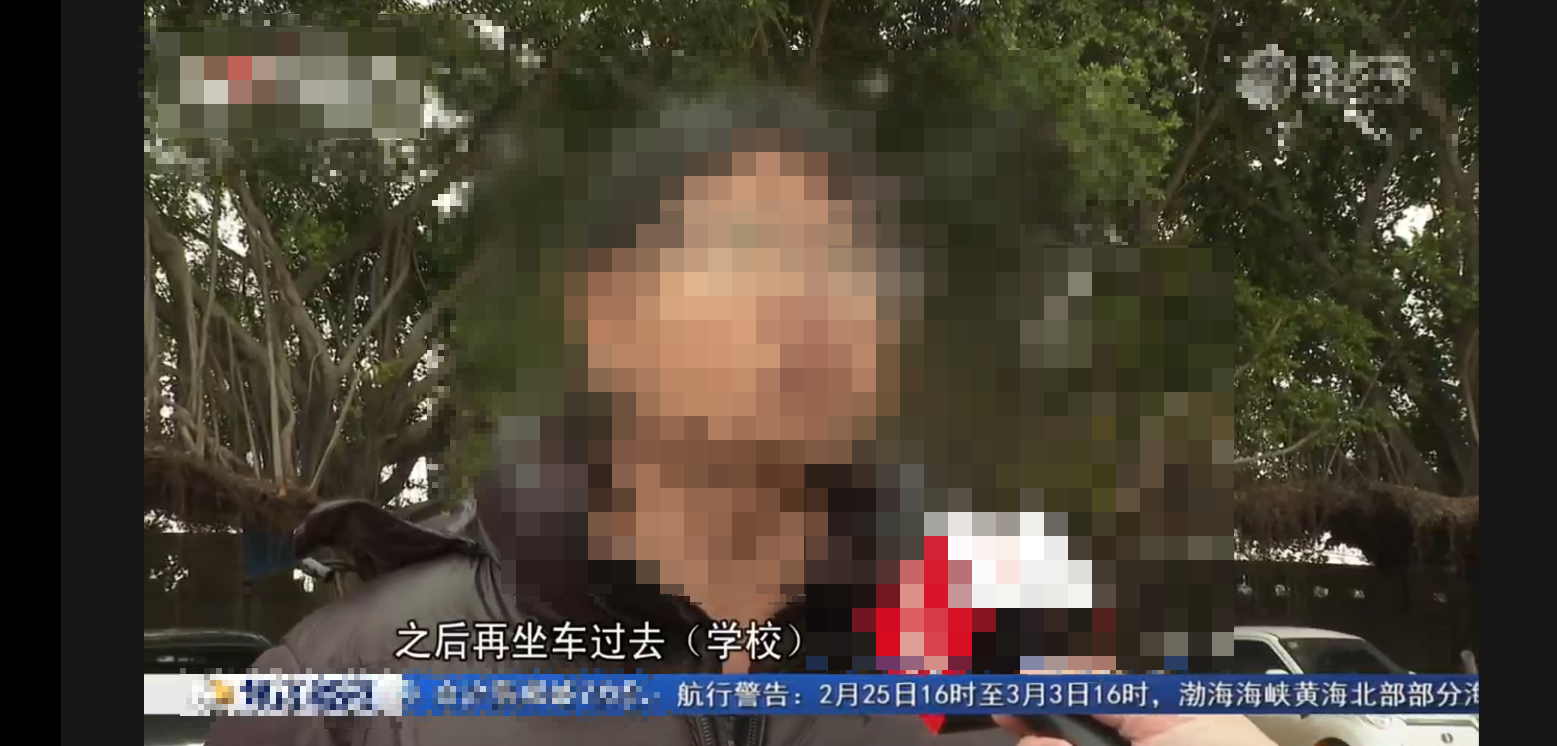
但我发现url有时候不是特别稳定,所以有时候看不了,并建议使用电脑端访问。
七、参考资料
1.如何在android WebView中全屏播放HTML5视频?
2.android webview播放视频自动全屏
八、声明
上述代码仅限个人的学习使用,请勿用于商业用途,请勿非法使用,谢谢。

